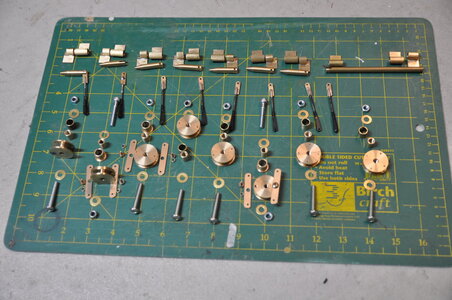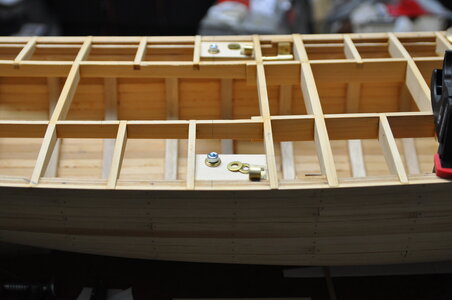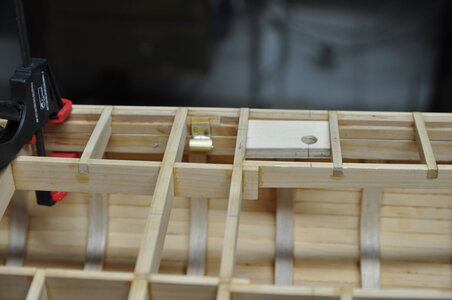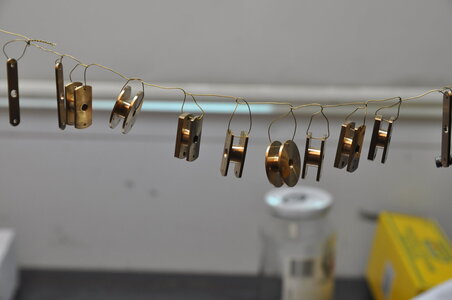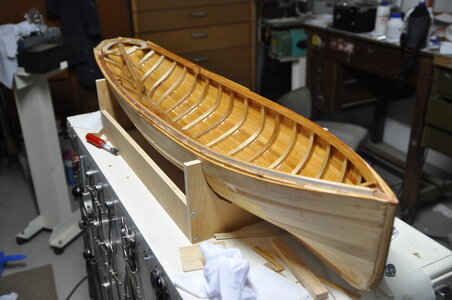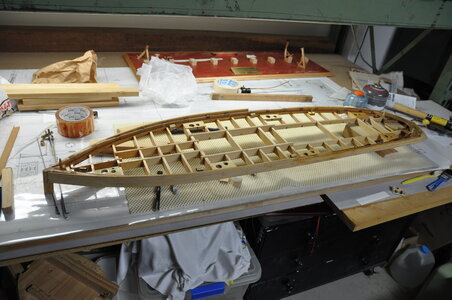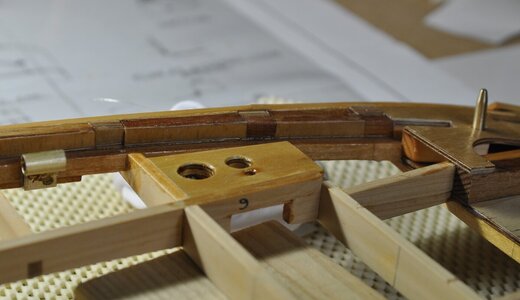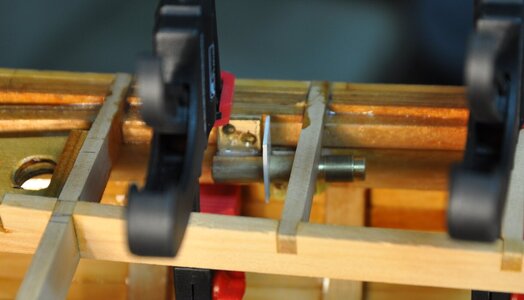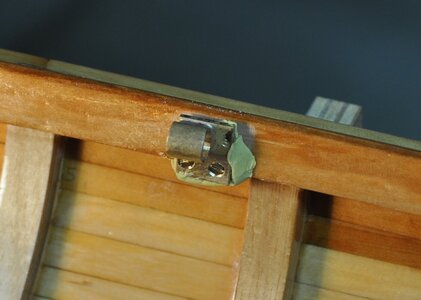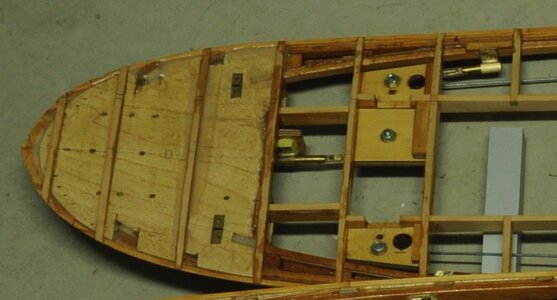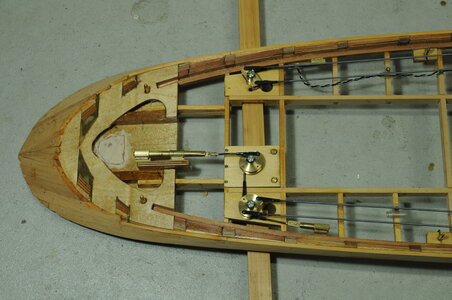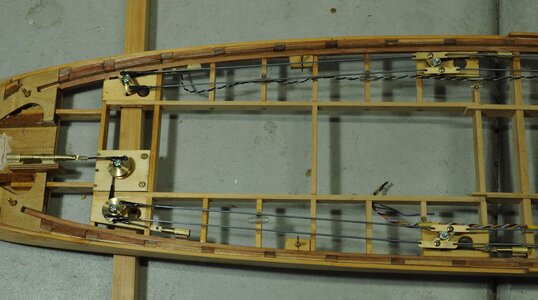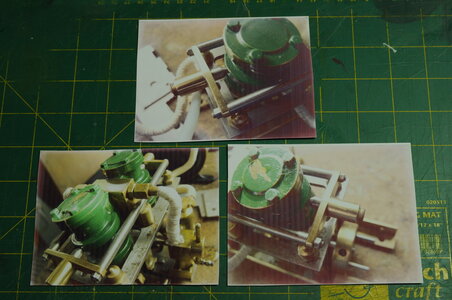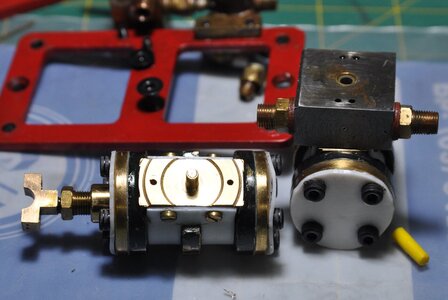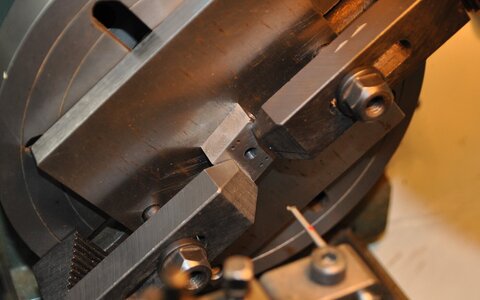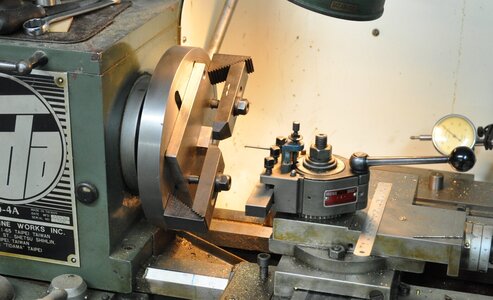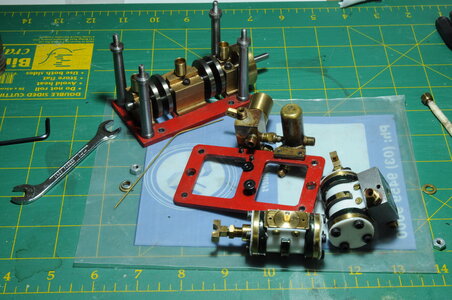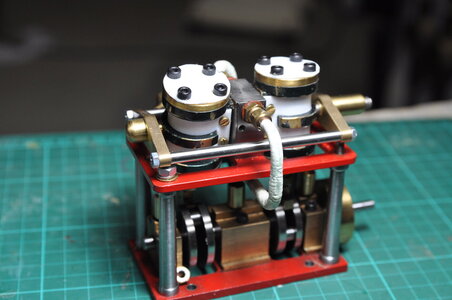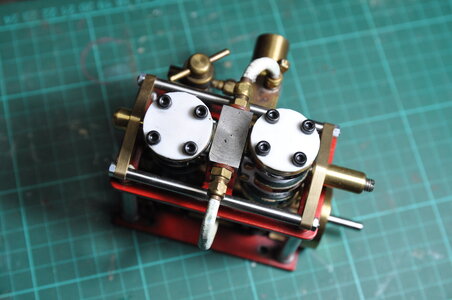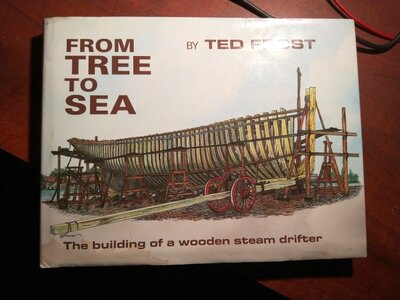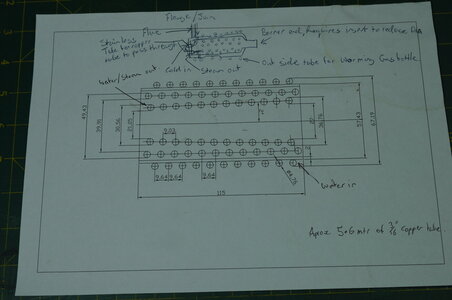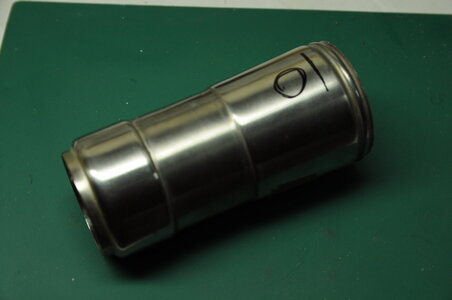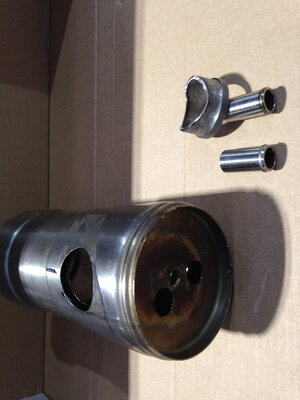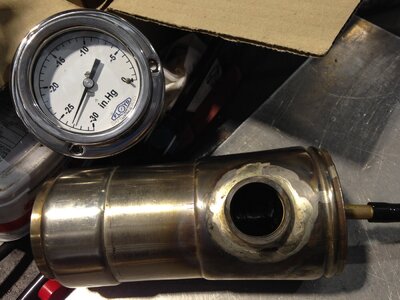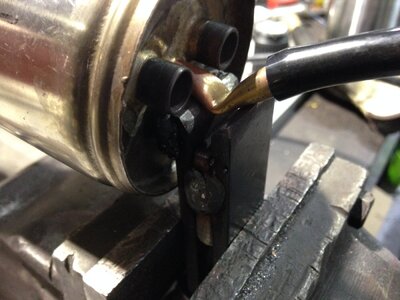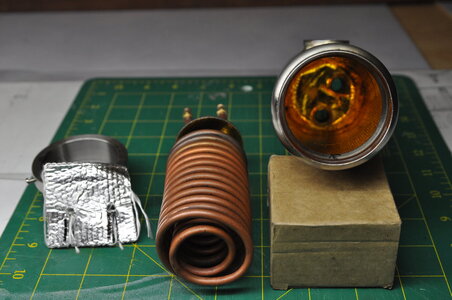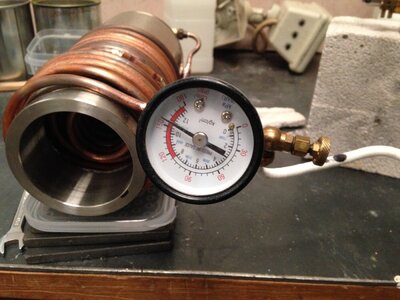Part 12.
I decided to leave planking the deck and making the bulwarks until later, my main reason is ease of positioning equipment when I have clear sight through the deck beams, this turned out to be a really good idea.
Back to the steam engine. The following steam engine issues happened over a number of years, not necessarily in order with building of the hull as presented in these articles.
To recap from part 2; first run showed that it took a very very long time to raise steam and once it did raise steam the engine didn’t run for long before the pressure dropped.
I only ran the engine three times before I had large leaks mainly between the cylinder port and distribution block faces, the leaks being so big the engine wouldn’t run properly!
I wasn’t sure why I was having these problems, I thought I had made the engine as accurately as I could. I pulled the engine apart and found that the distribution block now had slop in the bearing for the cylinder pivot.
I was puzzled that this should occur with so little running time, at that point I thought either the pivot pin or bearing hole wasn’t square to there respective face. I couldn’t understand how this could happen, but I couldn’t think of any other reasons either. So I set up the cylinder in a 4 jaw independent chuck, not easy to do, then took a skim off the face, then repeat again for the other cylinder.
Next I setup the distribution block on a face plate and bored the bearing hole out this would ensure an absolutely perpendicular hole, then made a bronze bush and pushed it in.
I reassembled the engine with high hopes only to have a similar result after a few runs I had huge leaks again, I started to think this steam thing might not be for me.
Then while I was exhibiting my partly built drifter at a model boat show at the Queenscliff Maritime Museum in Queenscliff a bay side township in Victoria, Australia, I met a guy who had built 2 of the same engines that I had. While talking he asked me how my engine was going and I told him not so good. He told me that one of his engines ran beautifully while the other was terrible like mine.
He then proceeded to tell me how he over came the problem also saying he would send me some photos of his modification, photos eventually arrived of his floating cylinder retaining device ( I don’t really know what to call it ).
View attachment 187382
I proceeded to copy his modification along with another modification on the cylinder faces to under cut between the pivot pin and steam port, reducing surface area.
View attachment 187386
Then for the second time I set the distribution block on a face plate and bored the pivot hole out this time for DU Glacier bushes.
View attachment 187383View attachment 187384
I re-assembled the engine then put it aside, hoping it would run as intended.
View attachment 187387View attachment 187388View attachment 187389
Thanks for having a look.
Cheers,
Stephen.



